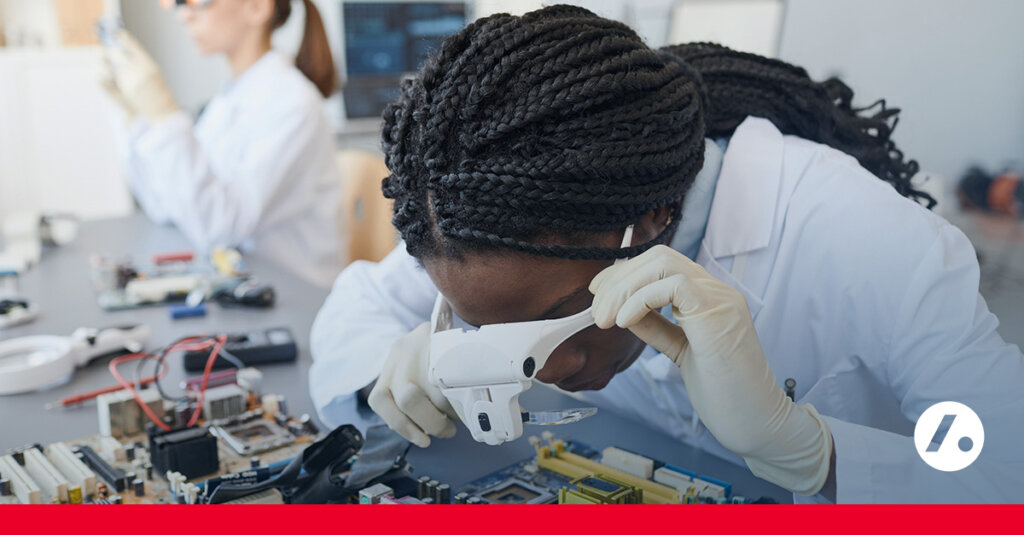
Bridging the Gap: Insights from the SEMI Pacific Northwest and Arizona Chapters
In the ever-evolving landscape of semiconductor technology, staying ahead of the curve is not just an option but a necessity. The recent SEMI Pacific Northwest Chapter Breakfast Forum held on April 25 and SEMI Arizona Chapter Breakfast Forum held on May 1 provided captivating insights into the challenges and opportunities facing the industry today.
With a myriad of topics discussed, ranging from workforce demographics to power consumption concerns and investment trends, the event offered attendees a comprehensive overview of the current state of affairs in the semiconductor sector.
Damian Scandiffio, Director of Business Development at Acara Solutions, moderated a panel discussion focused on Talent Acquisition, Workforce Development, and addressing the Labor Shortage, bringing together industry leaders to tackle these critical issues. We’ll dive into some of the key takeaways here.
Addressing the Semiconductor Industry’s Talent Gap: Bridging Experience with Emerging Academic Partnerships
One of the most pressing issues highlighted during the forum was the challenge of finding individuals with the requisite experience in the field. As the industry continues to advance at a rapid pace, the demand for skilled professionals has never been higher.
It was revealed that nearly half of the current semiconductor workforce is over the age of 45, raising questions about how to bridge the gap between seasoned professionals and new graduates entering the field.
Addressing this concern, speakers emphasized the importance of fostering collaboration between academia and industry to ensure a smooth transition for the next generation of semiconductor talent.
With Arizona State University emerging as the leading source of PhD students for industry giants like Intel, and institutions like Oregon State University and the University of Oregon not far behind, there is a clear opportunity to leverage academic partnerships to address the skills gap.
Tackling Energy Challenges with Advanced, Low-Power Chip Technologies
Another significant topic of discussion centered around power consumption and its implications for the semiconductor industry. Despite concerns about energy shortages and grid capacity, speakers at the forum expressed optimism about the industry’s ability to mitigate these challenges. With the advent of new chip technologies capable of performing more computations while consuming significantly less power, the perceived scarcity of energy resources may not be as critical as previously thought.
Arizona’s Semiconductor Boom: Surpassing China with Major Investments and Growing Industry Presence
On the economic front, Arizona emerged as a hotspot for semiconductor investment, with a staggering influx of companies relocating to the state in recent years. With 35 new companies already making the move in 2024 and an additional 20 semiconductor companies eyeing relocation, Arizona’s appeal as a semiconductor hub continues to grow. Notably, investments totaling $99 billion from industry giants such as TSMC, Intel, and Amkor underscore the region’s significance in the global semiconductor supply chain.
Perhaps most striking was the comparison drawn between semiconductor investments in Arizona and the entire country of China. In 2023, China received a total of $33 billion in semiconductor investments, highlighting the magnitude of Arizona’s growing influence in the industry.
In conclusion, the SEMI Breakfast Forums provided invaluable insights into the challenges and opportunities shaping the semiconductor industry. From addressing workforce demographics to navigating power consumption concerns and capitalizing on investment trends, the event underscored the need for collaboration, innovation, and strategic planning to propel the industry forward in an increasingly competitive landscape.
As semiconductor companies continue to adapt and evolve, forums like these serve as crucial platforms for knowledge exchange, networking, and collective problem-solving.




